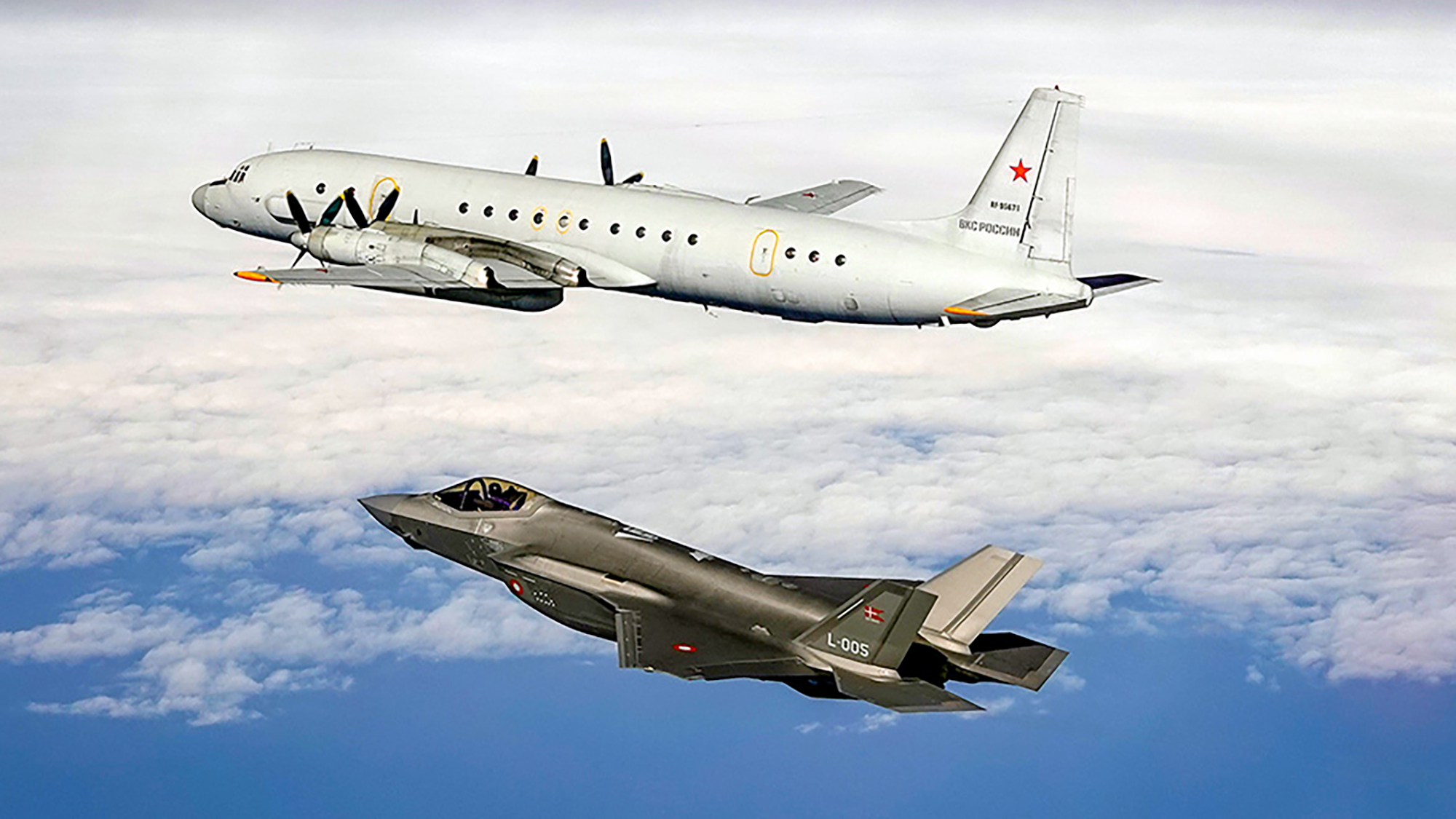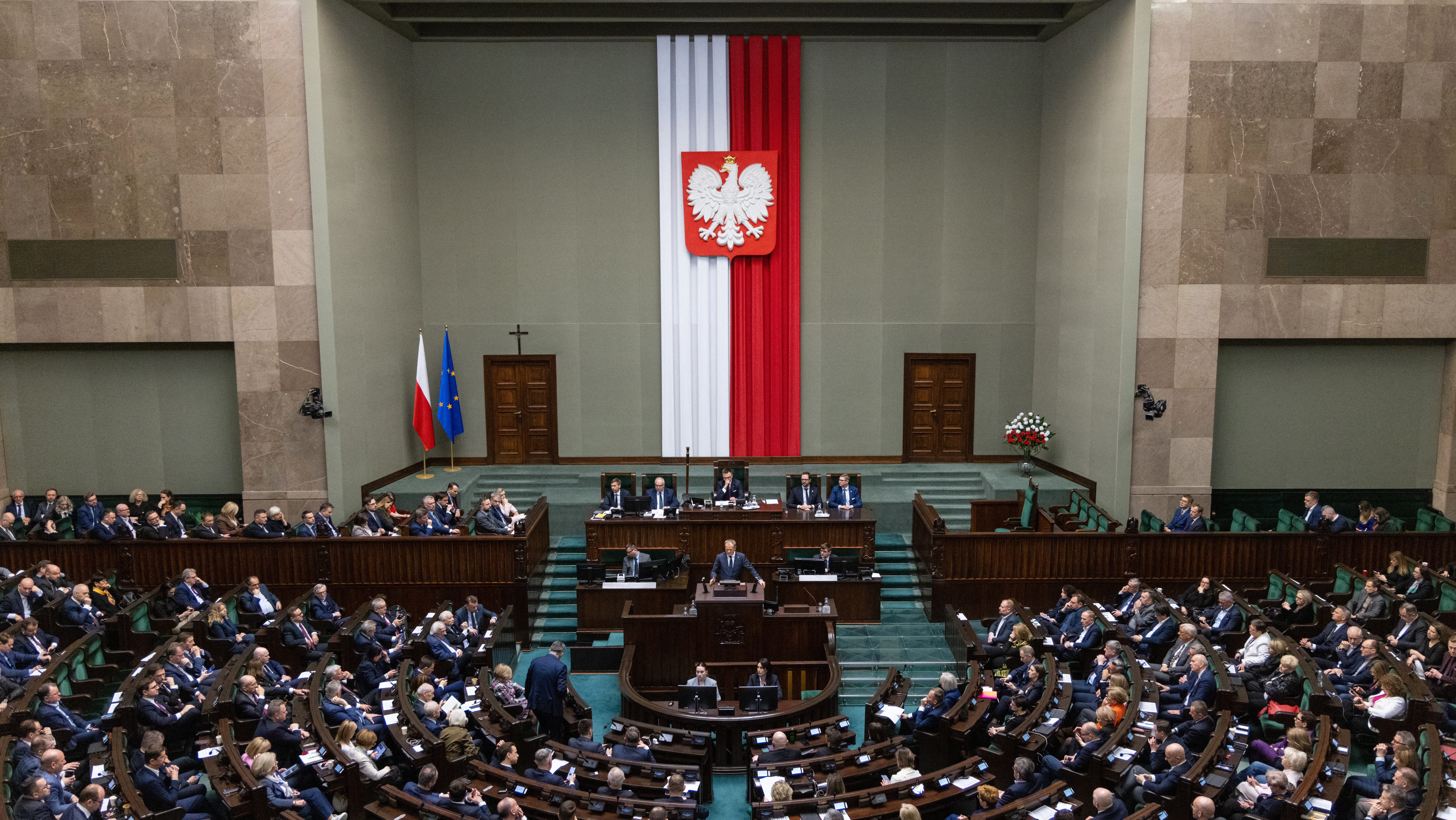If annual appropriations are dead, it’s an opportunity for defense
“Through congressional failure to pass a budget, the administration has been given an opportunity for DoD to be able to more flexibly manage its budget,” write Elaine McCusker and Bill Greenwalt of AEI.


On March 11, 2024 the Pentagon and military services presented their fiscal year 2025 budget requests. (Graphic by Breaking Defense, original images courtesy DVIDS, Getty)
America has three co-equal branches of government. Or does it?
Congress has been unable to complete its fundamental responsibility — passage of annual appropriations legislation for the operations of the federal government — on time for decades now. This year, for the first time ever, the Department of Defense is covered under a full year continuing resolution (CR) and prospects for a return to regular order — meaning passage and enactment of individual agency appropriations bills before the start of the new fiscal year — are highly questionable.
The implications of this new state of affairs offer interesting opportunities. Setting aside the immediate and accumulating national security, economic competitiveness and international reputation impacts of the reoccurring CR debacle — are we moving into a new era? One in which we no longer have annual appropriations at all, but instead just continuations of what has come before?
And if so, what could, or should, this mean for congressional committee functions and federal budgets, particularly for defense?
The year-long CR contains important exceptions for defense that could signal changes for the future. It allows new starts. It provides more general transfer authority so the department can make adjustments between appropriations to better reflect updated priorities. Additionally, it increases the straight annualized budget from the previous year, albeit only by a small amount.
These exceptions demonstrate that CRs can deviate from traditional CR restrictions. By recognizing the need for these flexibilities, Congress has admitted that defense budget structure changes are long overdue and that it no longer has the capability to manage its constitutionally-granted power of the purse.
Congress could save some face and shift to primarily an oversight role by accepting several changes to this new way of doing business for the nation.
The DoD has been handcuffed for decades in ways that other agencies are not and cannot effectively operate under a traditional CR. Other federal agencies do not need any flexibilities because they already have them, as was documented in a congressionally mandated report by RAND to support the Commission on Planning, Programming, Budgeting, and Execution (PPBE) Reform. RAND’s research expertly details the impacts of restrictions on DoD that other agencies don’t have, such as arrangement of appropriations by mission or theme, funding that does not expire, advance appropriations that provide more budget stability, non-recurring expenses funds and the ability to carry funds over fiscal years.
These flexibilities should be provided to DoD so it can be a smarter, faster, and a more agile customer on behalf of the warfighter and the nation’s security. Any future appropriation measures should include all the changes necessary to give DoD at least the same level of maneuver room others already have. This would include multiyear and carryover funding and removal of restrictions on types of funds that other agencies do not have.
Additionally, the DoD budget should be organized by mission, theme, and specific programs, with program elements and budget lines consolidated to simplify both oversight and execution. Similar to NASA, this change would replace legacy statutory appropriations titles with portfolio or outcome-focused funding bundles.
Current budget divisions were created to track a program as it progresses through research, development, testing, procurement and sustainment. Many programs no longer march through this process linearly, and even when they do, the intended transparency for program costing and oversight is missing since these accounts are fenced by type of money rather than by fully burdened cost estimates for an outcome or capability. This change would also allow for agility in responding to changing warfighter needs and encourage broader participation by industry in developing, producing and fielding solutions.
Republican appropriations leadership have signaled their own fall from relevance by sending over 181 pages of funding tables to DoD to indicate their congressional intent for the fiscal 2025 CR. These tables are the annual source of power for congressional appropriators. While the legal binding power of these tables has been an open question, this year there is not even an attempt to portray these tables as part of the law. Consistent with the budget structures changes above, Congress should do away with the dual authorization and appropriations detailed funding tables and combine any relevant oversight and program direction into one annual defense legislative measure that would actually pass on time each year.
Through congressional failure to pass a budget, the administration has been given an opportunity for DoD to be able to more flexibly manage its budget, and limit congressionally mandated micromanagement in favor of strategic oversight and routine transparency.
It remains to be seen whether the Trump administration and Congress will conclude that the best way forward is to keep funding the government through a new brand of appropriations that provides necessary budget increases for defense while limiting restrictions to those specified in law. But time is already short between now and the end of the next fiscal year, so the time is now to turn failure into success in funding the nation’s security.
Elaine McCusker is a senior fellow at the American Enterprise Institute (AEI). She previously served as the Pentagon’s acting undersecretary of defense (comptroller). Bill Greenwalt is a nonresident fellow at the American Enterprise Institute (AEI) think tank, a former senior staffer on the Senate Armed Services Committee and a former deputy undersecretary of defense for industrial policy.


















































































































































































